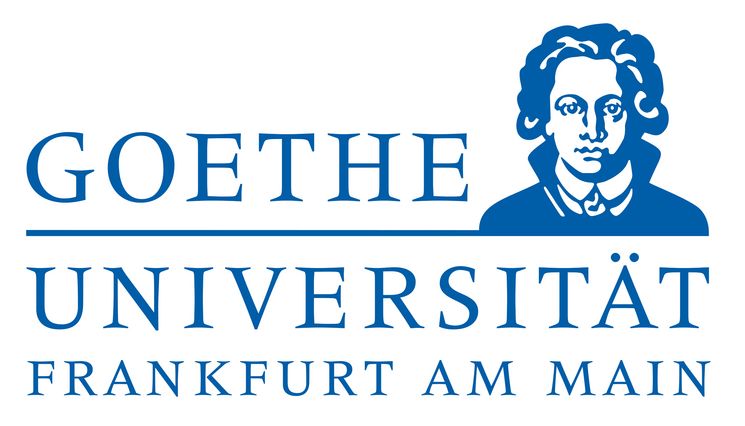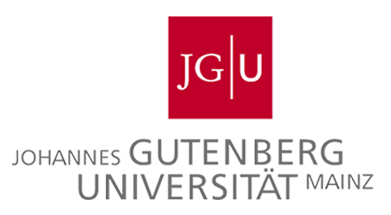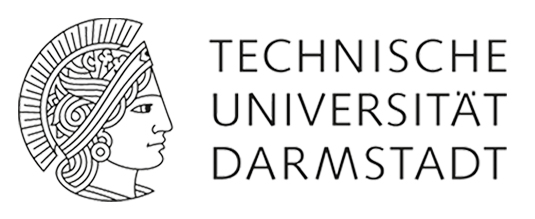Education:
Ph.D., Economics, Goethe University Frankfurt, GSEFM program, 2023 (expected)
M.Sc., Economics, Higher School of Economics, Research Programme, 2018
B.Sc., Economics, The Russian Presidential Academy of National Economy and Public Administration, 2016
B.Sc., Applied Physics and Mathematics, Moscow Institute of Physics and Technology, 2016
Fields of Specialization:
Primary: Macroeconomics, Heterogeneous Agent Models
Secondary: International Economics, Labor Economics
Job Market Paper:
Wealth, Uninsurable Idiosyncratic Risk and International Risk Sharing
Abstract: This paper evaluates the role of uninsurable idiosyncratic risk and wealth distribution
in international risk sharing. The dynamics of net international capital flows in a
HANK model featuring idiosyncratic income risk, distribution of wealth, and two
types of assets (liquid and illiquid) traded with the rest of the world are determined
by the relative strength of three effects: First, low consumption-smoothing ability of
borrowing-constrained households dampens aggregate savings responses to business
cycles. Second, idiosyncratic risk increases the savings of unconstrained households.
Finally, endogenous changes in the share of constrained households amplify savings
responses when idiosyncratic risk is high; in the reverse scenario, responses are
dampened. Quantitative simulations show that the first effect dominates the latter two.
As a result, the current account is more countercyclical in HANK than in RANK. The
gross international position, which in a HANK model arises from cross-country trade in
two types of assets, is long in illiquid assets and short in liquid assets during expansions
in a wealthy country. A wealth-poor country holds the opposite position. Idiosyncratic
risk shifts the composition of assets in favor of larger liquid asset investments. Two
household-level surveys were used to calibrate the model devised in this paper to a
wealth-rich low idiosyncratic risk and a wealth-poor high idiosyncratic risk economies.
Differential responses of the share of borrowing-constrained households in respective
model economies match empirical responses obtained using local projections.
Other Papers:
Monetary Policy and Wage Inequality: the Labour
Mobility Channel
with Ester Faia, Marianna Kudlyak and David Wiczer
Abstract: In times of rising inequality, structural reallocation and widespread resignation we study the distributional consequences of monetary policy through labour market mobility. Using CPS monthly wage changes and occupational transitions we estimate the impact of high frequency identified monetary shocks through local projection methods and find that a tightening reduces inequality by affecting primarily separation rates of workers at the bottom of the income distribution, who are less likely to be re-employed. Their exit from the labour force results in a mean preserving spread of the distribution that reduces wage dispersion. We then build a monetary model with uninsurable risk, agents heterogeneous in income risk, talents and wealth and in which participation and occupational allocation decisions take place through a period-by-period discrete choice optimization on value functions across occupations. The key novel transmission runs through the dependence of the transition probabilities on wealth and income. Their decline, following a tightening, increases separation and reduces re-employment probabilities, more so for workers on the bottom of the income distribution, resulting in a mean preserving spread of the wage distribution. Model-based regressions for wage inequality and separation rates match the empirical counterparts. A more equal skill distribution, induced for instance by the education system, can overturn results by fostering mobility.
Dynamic Labor Reallocation with Heterogeneous Skills and Uninsured Idiosyncratic Risk
with Ester Faia and Marianna Kudlyak
Abstract: Occupational specificity of human capital motivates an important role of occupational reallocation for the economy's response to shocks and for the dynamics of inequality. We introduce occupational mobility, through a random choice model with dynamic value function optimization, into a multi-sector/multi-occupation Bewley (1980)-Aiyagari (1994) model with heterogeneous income risk, liquid and illiquid assets, price adjustment costs, and in which households differ by their occupation-specific skills. Labor income is a combination of endogenous occupational wages and idiosyncratic shock. Occupational reallocation and its impact on the economy depend on the transferability of workers' skills across occupations and occupational specialization of the production function. The model matches well the statistics on income and wealth inequality, and the patterns of occupational mobility. It provides a laboratory for studying the short- and long-run effects of occupational shocks, automation and task encroaching on income and wealth inequality. We apply the model to the pandemic recession by adding an SIR block with occupation-specific infection risk and a ZLB policy and study the impact of occupational and aggregate labor supply shocks. We find that occupational mobility may worsen the effect of the shocks but reduces earnings inequality, as compared to a model without mobility.
Estimation and Forecasting using Mixed Frequency DSGE Models
with Alexander Meyer-Gohde
Abstract: In this paper, we propose a new method to forecast macroeconomic variables that combines two existing approaches to mixed-frequency data in DSGE models. The first existing approach estimates the DSGE model in a quarterly frequency and uses higher frequency auxiliary data only for forecasting (see Giannone, Monti and Reichlin (2016)). The second method transforms a quarterly state space into a monthly frequency and applies, e.g., the Kalman filter when faced missing observations (see Foroni and Marcellino (2014)). Our algorithm combines the advantages of these two existing approaches, using the information from monthly auxiliary variables to inform in-between quarter DSGE estimates and forecasts. We compare our new method with the existing methods using simulated data from the textbook 3-equation New Keynesian model (see, e.g., Galí (2008)) and real-world data with the Smets and Wouters (2007) model. With the simulated data, our new method outperforms all other methods, including forecasts from the standard quarterly model. With real world data, incorporating auxiliary variables as in our method substantially decreases forecasting errors for recessions, but casting the model in a monthly frequency delivers better forecasts in normal times.
The Change of Fiscal Multiplier When Switching from Managed Exchange Rate
Regime to the Floating One
Abstract: This study investigated the change of government spending multiplier when switching from managed exchange rate regime to the floating exchange rate regime for emerging countries. It was found that on-impact multiplier in floating exchange rate regime is smaller by 0.5 than the one in the managed exchange rate regime. In addition, it was found that the openness of the economy affects values of government spending multipliers. Also, for the first time, micro-founded government spending multiplier was estimated for Russia. The study was conducted with the use of panel SVAR and DSGE models.




